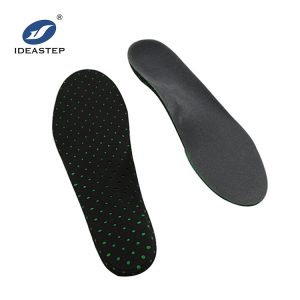
When choosing insoles for the elderly, it’s important to consider their specific needs and any foot conditions they may have. Here are some factors to keep in mind:
1. Arch Support: Look for insoles that provide adequate arch support. As we age, the arches of our feet may flatten, causing discomfort and instability. Insoles with built-in arch support can help alleviate this issue.
2. Cushioning: Elderly individuals often experience reduced fat padding on the soles of their feet, leading to discomfort while walking or standing. Insoles with cushioning properties, such as those made from memory foam or gel, can provide extra support and shock absorption.
3. Size and Fit: Ensure that the insoles match the size of the individual’s shoes. Most insoles come in a range of sizes and can be trimmed to fit if necessary. It’s important to select insoles that align properly with the contours of the feet for maximum comfort and support.
4. Foot Conditions: Consider any specific foot conditions the elderly person may have, such as plantar fasciitis, arthritis, or diabetic foot problems. There are specialized insoles available for these conditions that can provide targeted support and relief.
5. Breathability and Moisture-wicking: Look for insoles that allow proper airflow and have moisture-wicking properties. This helps to keep the feet dry, reducing the risk of fungal infections and odors.
6. Consultation with a Podiatrist: If the elderly person has severe foot pain or specific foot conditions, it’s advisable to consult with a podiatrist. They can assess the individual’s needs and recommend appropriate insoles or custom orthotics tailored to their specific requirements.
Remember, it’s essential to involve the elderly person in the decision-making process and take their preferences into account. Comfort and proper fit should be the guiding factors when choosing insoles for the elderly.
